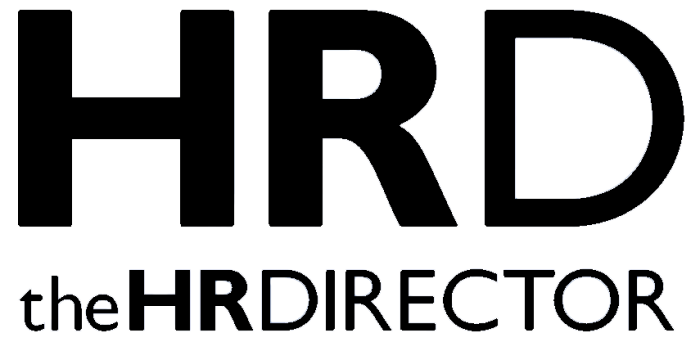Good communication is one of the most important skills a leader can have. Whether it builds bridges or burns them often depends on the balance between being bold and being blunt.
When it comes to leadership communication, the impact of words is undeniable. The distinction between being bold and blunt is subtle yet critical, shaping not only how a leader is perceived but also how effectively they can inspire and guide their teams.
- Boldness is characterised by confidence, clarity, and the courage to speak up. It involves standing firm on issues, setting clear boundaries, and leading with integrity. A bold leader communicates assertively, ensuring their message is heard while maintaining a sense of respect and professionalism.
- Bluntness, on the other hand, often lacks the finesse of thoughtful communication. While honesty is important, bluntness can come across as insensitive or even offensive. A blunt approach might achieve short-term compliance, but it can erode trust and morale over time.
According to Reuters, fostering a supportive work environment with strong leadership commitment and targeted support, companies can effectively reduce absenteeism and staff turnover. The article showcases that investing in employees’ mental health offers significant returns, and that every pound spent on mental health initiatives yields £4.70 in return – a remarkable 370% ROI.
Annelize van Rensburg, Global Chair and Director of Executive Search at Signium Africa, explains how executives can use communication to cultivate positive work environments for their people: “Leaders must master the ‘iron fist in a velvet glove’ approach, learning to be firm on the issue but gentle with people. This means tackling challenges head-on without losing empathy or compassion, maintaining strength without aggression.”
How do leaders demonstrate bold leadership while remaining compassionate?
Social intelligence is a critical skill for leaders who want to balance boldness with sensitivity. It involves the ability to ‘read the room,’ understand social cues, and adapt communication strategies accordingly. Thoughtful leaders know that timing is everything. Van Rensburg elaborates: “What might be considered bold in one context could come across as blunt or inappropriate in another. Sometimes, quiet confidence speaks louder than words, allowing a leader’s presence to naturally command respect without force. People listen most, when they have been listened to, first.”
In addition to social intelligence, leading by example is key to creating a safe space for brave innovation within a team. Great leaders demonstrate through their actions that bold communication is not only welcome but encouraged. They cultivate environments where others feel safe to express their ideas without fear of judgment or reproach.
Jacinda Ardern, former Prime Minister of New Zealand, exemplifies the balance between boldness and empathy in leadership. A defining moment of Ardern’s leadership was during the COVID-19 pandemic, where her approach to the crisis was characterised by clarity and empathy. She implemented some of the world’s strictest border restrictions and communicated effectively with the public, balancing firmness with understanding. Her strategy not only curbed the spread of the virus but also maintained public trust and cohesion.
Ardern’s ability to pair bold action with compassion challenges traditional leadership norms. She shows that true strength lies not in forcefulness but in thoughtful and respectful communication. Her legacy is a reminder that strength and kindness can coexist and thrive in leadership.
Van Rensburg adds, “Effective leadership communication is not just about what is said or done, but how and when it is delivered. Thoughtful boldness requires a deliberate approach to ensure messages are clear and impactful, but also respectful and diplomatic.”
The following strategies can help leaders find this balance successfully.
1. Set clear boundaries
Clear boundaries help leaders set expectations while maintaining respect. Being direct about what is needed prevents misunderstandings and keeps everyone on the same page, enhancing both productivity and respect.
2. Communicate with purpose
Purposeful communication is more than delivering information. It means choosing words carefully, avoiding offense, and ensuring messages are clear and considerate. This thoughtful approach builds trust and positive interactions.
3. Be intentional with your tone
The tone of communication shapes how messages are received. A calm, composed tone shows strength without aggression and helps maintain a positive and professional atmosphere.
4. Invite open dialogue
Welcoming two-way communication is key to thoughtful leadership. When leaders create safe spaces for bold ideas, team members feel heard and valued. This promotes a culture of trust, collaboration, and innovation.
The power of thoughtful boldness in leadership
In the words of Brené Brown, “A brave leader is someone who says, ‘I see you. I hear you. I don’t have all the answers, but I’m going to keep listening and asking questions.'”
When leaders approach the role with thoughtfulness and empathy, their communication becomes more impactful. By mastering the art of being assertive without crossing into bluntness, leaders can foster trust, respect, and productivity within their teams.
“Ultimately, it is not about raising your voice,” concludes van Rensburg. “It’s about raising the quality of your communication that sets a true leader apart.”







